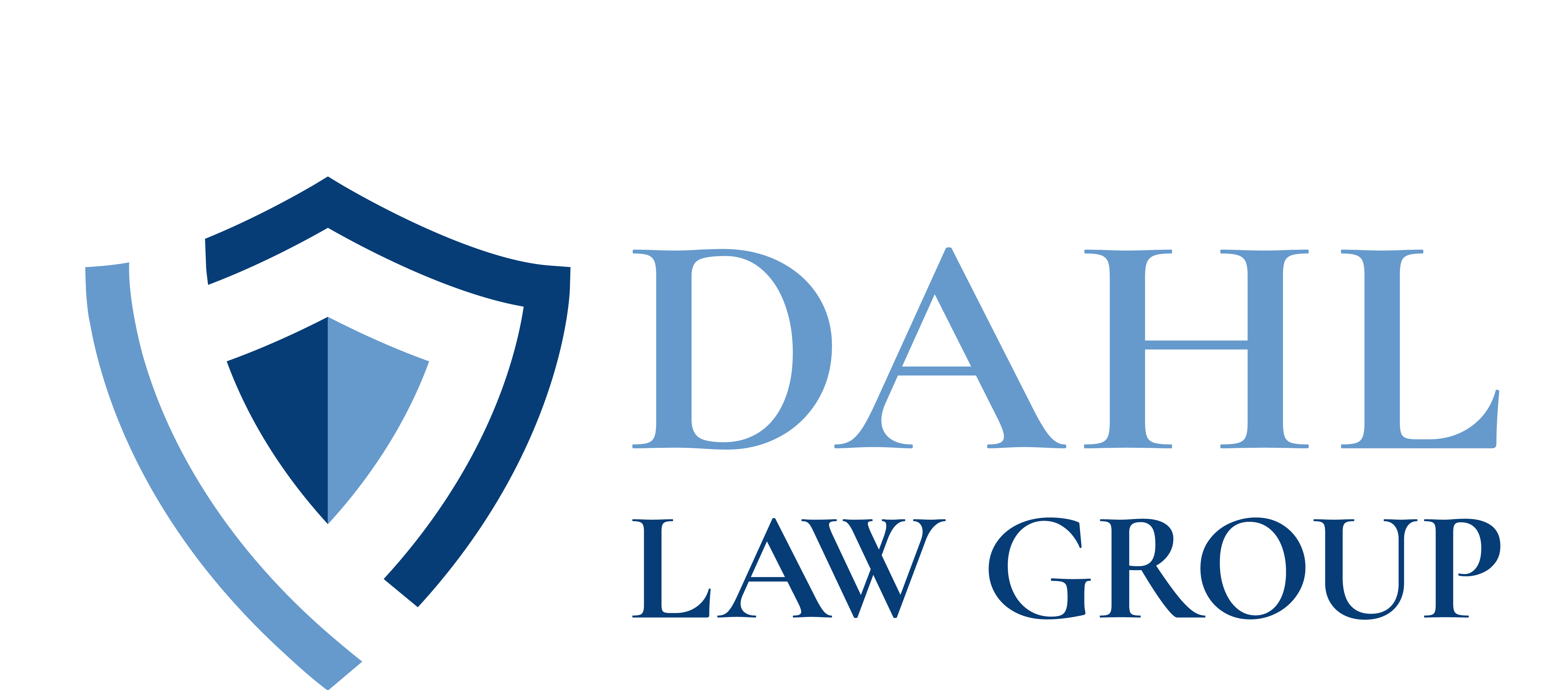
The Consolidated Appropriations Act 2021, which was signed into law on December 27th, 2020, provides another $900 billion in funding for coronavirus relief for individuals and business owners. The new bill serves as an expansion of the 2020 CARES Act, offering additional funding and a number of key changes to both the Paycheck Protection Program (PPP) and Economic Injury Disaster Loan (EIDL) program.
Although the rules for the new PPP and EIDL are similar to the original programs, there are some significant differences that you should be aware of as a business owner. The changes include new eligibility requirements, clarification of the tax implications of the legislation, and beneficial changes related to loan forgiveness.
While additional clarification and updates on the new programs are set to be released in the next few weeks, in this two-part series we’ll cover some of the most critical highlights you should know about. In the first part of the series, we discussed the new loans available under the PPP, and here in part two, we’ll look at the new funding available under the EIDL program.
If you are unfamiliar with the PPP and/or the EIDL, you should first read our previous post on the original stimulus funding in March 2020, which established the initial rules and funding for these programs.
New $10,000 EIDL Grants
The CARES Act passed in March 2020 included a grant (or advance) of up to $10,000 for business owners. However, the SBA later determined those grants would only cover $1,000 per employee, and many business owners who didn’t get the full $10,000 felt cheated. What’s more, the funds available for the grants ran out before all eligible businesses received them. This new legislation appears to help remedy some of those issues.
The new legislation includes new targeted EIDL grants designed to assist businesses that were hardest hit by the economic impacts of the coronavirus, and Congress has allocated $20 billion for these grants. While these new grants are an extension of the emergency EIDL grants passed under the CARES Act, the eligibility requirements are a bit different than the initial program.
Eligibility Qualifications For the New EIDL Grants
To qualify for the full targeted $10,000 EIDL grant, your business must meet the following three requirements:
- Be located in a low-income community
- Have suffered an economic loss greater than 30%
- Not employ more than 300 employees
Additionally, your business must qualify as an “eligible entity” as defined in the CARES Act:
- A small business, cooperative, ESOP Tribal concern, with fewer than 500 employees (Note: It’s not clear yet if this requirement will be reduced to 300 employees for new EIDL grant applicants.)
- An individual who operates as a sole proprietorship, with or without employees, or as an independent contractor
- A private non-profit or small agricultural cooperative
- The business must have been in operation by January 31, 2020
- The business must be directly affected by COVID-19
For the purpose of the grants, an economic loss is defined as “the amount by which the gross receipts of the covered entity declined during an 8-week period between March 2, 2020, and December 17, 2021, relative to a comparable 8-week period immediately preceding March 2, 2020, or during 2019.”
At this point, it’s unclear how the SBA will require those who apply for the grants to document their economic loss, but we’ll update this as more clarifications are issued.
What Qualifies as a Low-Income Community?
In the text of the stimulus act, it uses a definition from the Internal Revenue Code to clarify what would qualify as a low-income community. In Section 45D(e)(1) of the IRS Code of 1986, a low-income community is defined as follows:
“The term ‘low-income community’ means any population census tract if (A) the poverty rate for such tract is at least 20 percent, or (B)(i) in the case of a tract not located within a metropolitan area, the median family income for such tract does not exceed 80 percent of statewide median family income, or (ii) in the case of a tract located within a metropolitan area, the median family income for such tract does not exceed 80 percent of the greater of statewide median family income or the metropolitan area median family income.”
In other words, you live in a low-income community if you meet any of the following three standards: (a) if more than 20% of families in your community are below the poverty level, (b) if the median family income in your community is 80% of that of your metro area or lower, or (c) if the median family income in your community is 80% of that of your state or lower.
This mapping tool from the Census Bureau may also help you determine if your business is located in a low-income community. However, we recommend you do not rely on these outside resources to determine if you qualify for a grant, and instead wait for additional guidance from the SBA.
Tax Implications of the New EIDL Grants
The new legislation specifies that the EIDL grants are not taxable and that businesses who receive them will not be denied a tax deduction for qualified expenses paid for with the funds.
Moreover, the new law repeals the CARES Act provision that required PPP borrowers to deduct the amount of their EIDL advance grant from their PPP forgiveness amount. Therefore, EIDL grants will not be deducted from PPP for loan forgiveness purposes, and this applies to all EIDL grants, including those already received.
Applying For the New EIDL Grants
Under the legislation, a qualified business may submit a request to the SBA and receive the full $10,000 EIDL grant regardless of whether their application for an EIDL “is or was approved,” they accepted an EIDL loan, or they previously received a PPP loan. Any EIDL grant (not loan) previously received will be subtracted from the $10,000 EIDL grant.
The SBA is required to notify anyone who received a previous EIDL grant, or who applied but did not receive one because funding was exhausted, that they may be able to apply for the full $10,000 grant. It’s not yet clear how this contact will be initiated.
If a business requests an EIDL grant, the SBA has 21 days after receiving the request to verify whether the business is eligible. If eligible, the grant will be issued, and if not, the applicant must be notified why the SBA rejected their request. The legislation does not spell out the verification procedure other than to state that the SBA may request any documentation necessary, including tax records, even if that information has been requested before.
The legislation states the SBA will process applications in the order received, except that priority will be given to those who previously received an EIDL grant under the CARES Act, followed by those who did not receive a grant because funding was exhausted.
Late in the evening of January 19, 2021, the SBA updated their website to provide additional guidance on the new targeted EIDL grants. The update indicated that advance funds of up to $10,000 will first be made available to applicants located in low-income communities who previously received an EIDL advance of less than $10,000. Funding will also be made available to those who previously applied for EIDL assistance, but received no money due to lack of available program funding.
The update indicated that applicants in those two categories do NOT need to take any action at this time, and the SBA will reach out to those who qualify via email in the coming weeks with instructions to determine eligibility and submit documentation. Again, the update stresses that applicants for the new targeted EIDL grants will be contacted directly by the SBA via email in the next few weeks, so no action is required on their part.
For more information on the applicants who qualify for the new targeted EIDL grants, visit the SBA’s COVID-19 EIDL portal.
At this point, those who did not previously apply for EIDL assistance on or before December 27, 2020, are not eligible for the new targeted EIDL grants. However, this could change, especially if Congress approves President Biden’s proposed new stimulus bill of $1.9 trillion. To get the latest updates on COVID-19 stimulus funding, you should check the SBA’s COVID-19 Small Business Guidance & Loan Resources website and stay tuned to our weekly blog posts.
EIDL Loans Are Still Available
The EIDL program pre-dates the coronavirus pandemic, but the CARES Act relaxed its requirements, expanded eligibility, and authorized the $10,000 grants. The loans come with a 3.75% interest rate for small businesses (2.75% for non-profits), with a 30-year maturity and an automatic deferment of one year before monthly payments begin. Businesses can use the loan for working capital and operating expenses, including the continuation of healthcare benefits, rent, utilities, and fixed debt payments.
If you have not previously applied for an EIDL loan, you can do so by filling out an online application at the SBA website. When you complete the loan application, you will be given the option to check a box to be considered for the emergency EIDL grant. If you check that box, you may get a grant of $1,000 per employee. Additionally, we anticipate you may be considered for the full $10,000 targeted EIDL grant, but we do not have details on that process as of yet.
Keep in mind, if you just want an EIDL grant but not a loan, and you have not yet applied for either, you do not have to accept an EIDL loan. Some business owners choose to accept the grant, but not the loan, and that is perfectly acceptable.
Enlist Our Support
With new updates and clarifications being released all the time, it can be confusing trying to figure out your best course of action under these new programs. Contact us if you need help reviewing your options under either the EIDL or PPP program.



